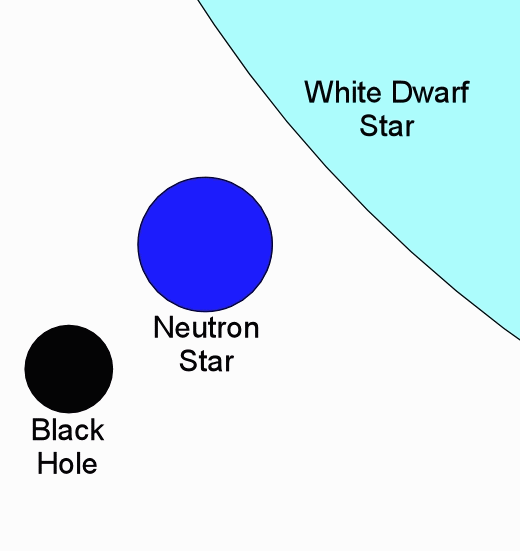The event horizon is a property of space and time near the collapsing star.
Once the horizon forms, it no longer matters what the star is made out of. No signal from it can ever reach us again.
The nature of time near the horizon is altered. A clock that is dropped in to the black hole will be seen to run slower and slower as it approaches the horizon. From the outside, we will never see it enter at all. However, the light from the falling clock will be shifted to longer and longer wavelengths until we can no longer see it.
Similarly, if we watch a neutron star collapse to a black hole, the last signals from the star will simply change ever more slowly as they shift to longer and longer wavelengths. The surface of the star will seem to 'freeze' at the newly forming horizon. For this reason, Soviet scientists insisted on referring to these objects as 'frozen stars'.

While a neutron star is much smaller than the next larger collapsed object, a white dwarf star, there is not that much difference between a one solar mass neutron star and a black hole of just a few solar masses.
Gravity theorists suspected (beginning in 1939 with papers by Oppenheimer and his coworkers Volkoff and Snyder) that it would be very difficult for Nature to form neutron stars without occasionally going too far and making a black hole.
For many years, both neutron stars and black holes were regarded as silly predictions.